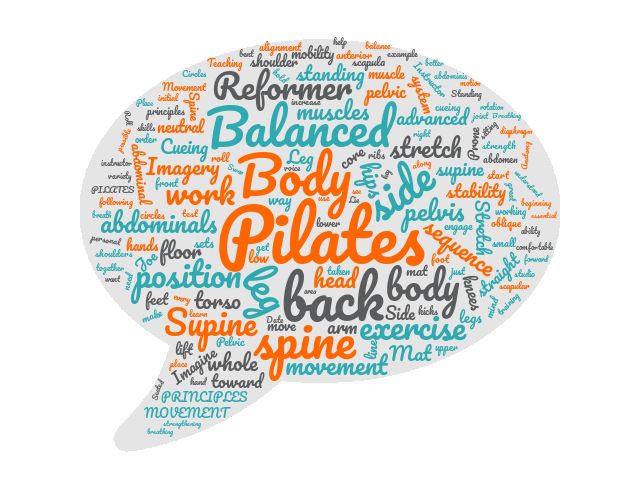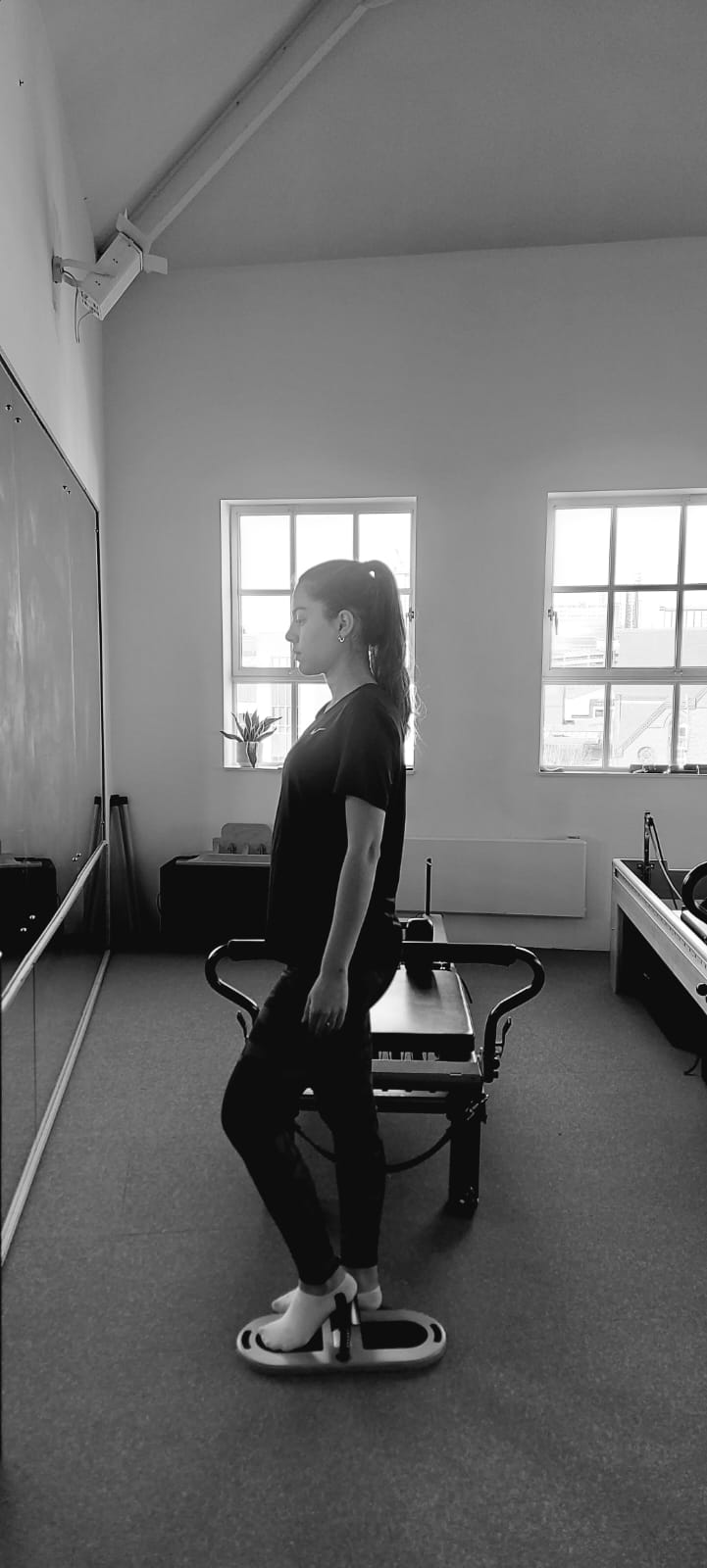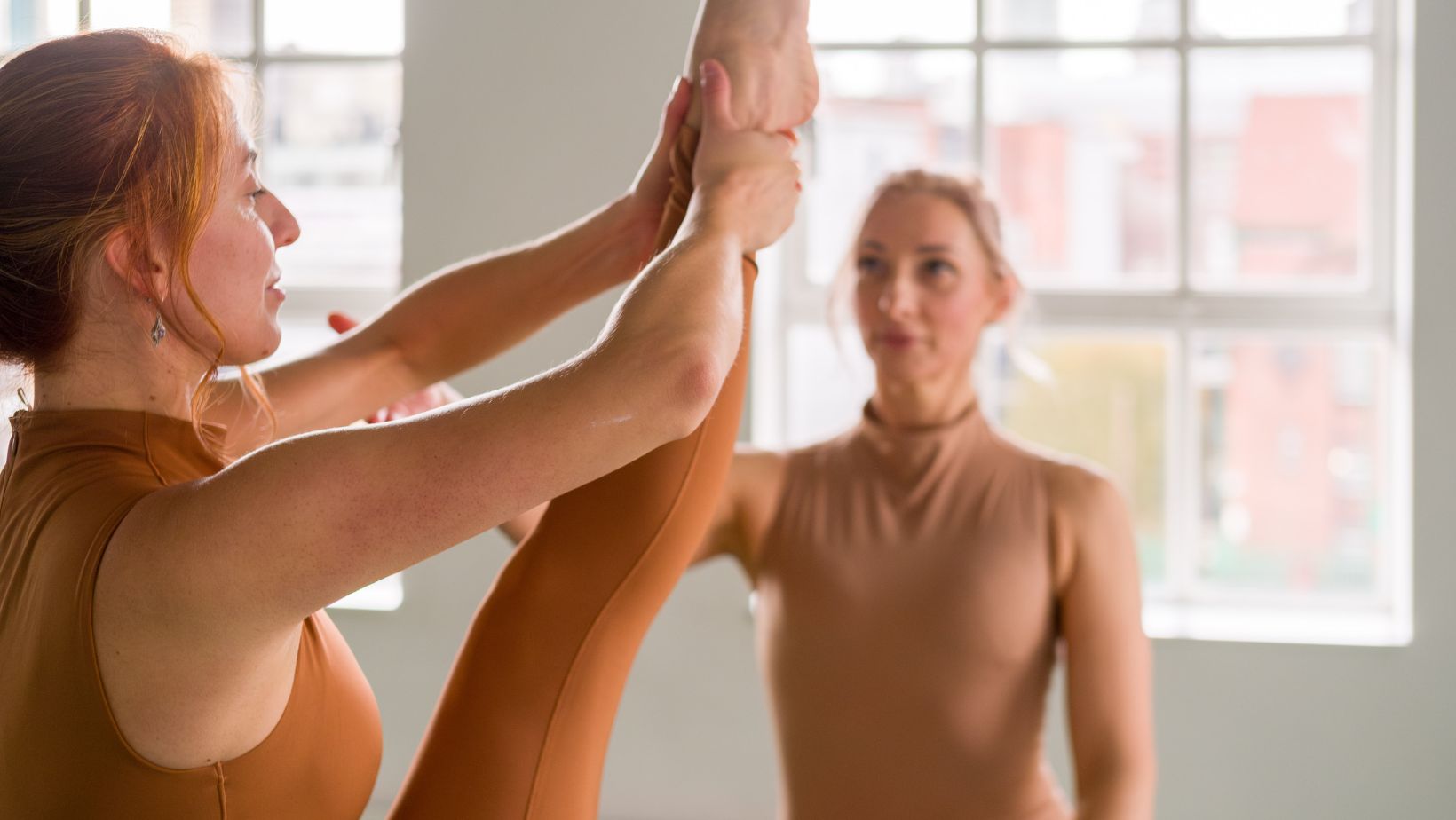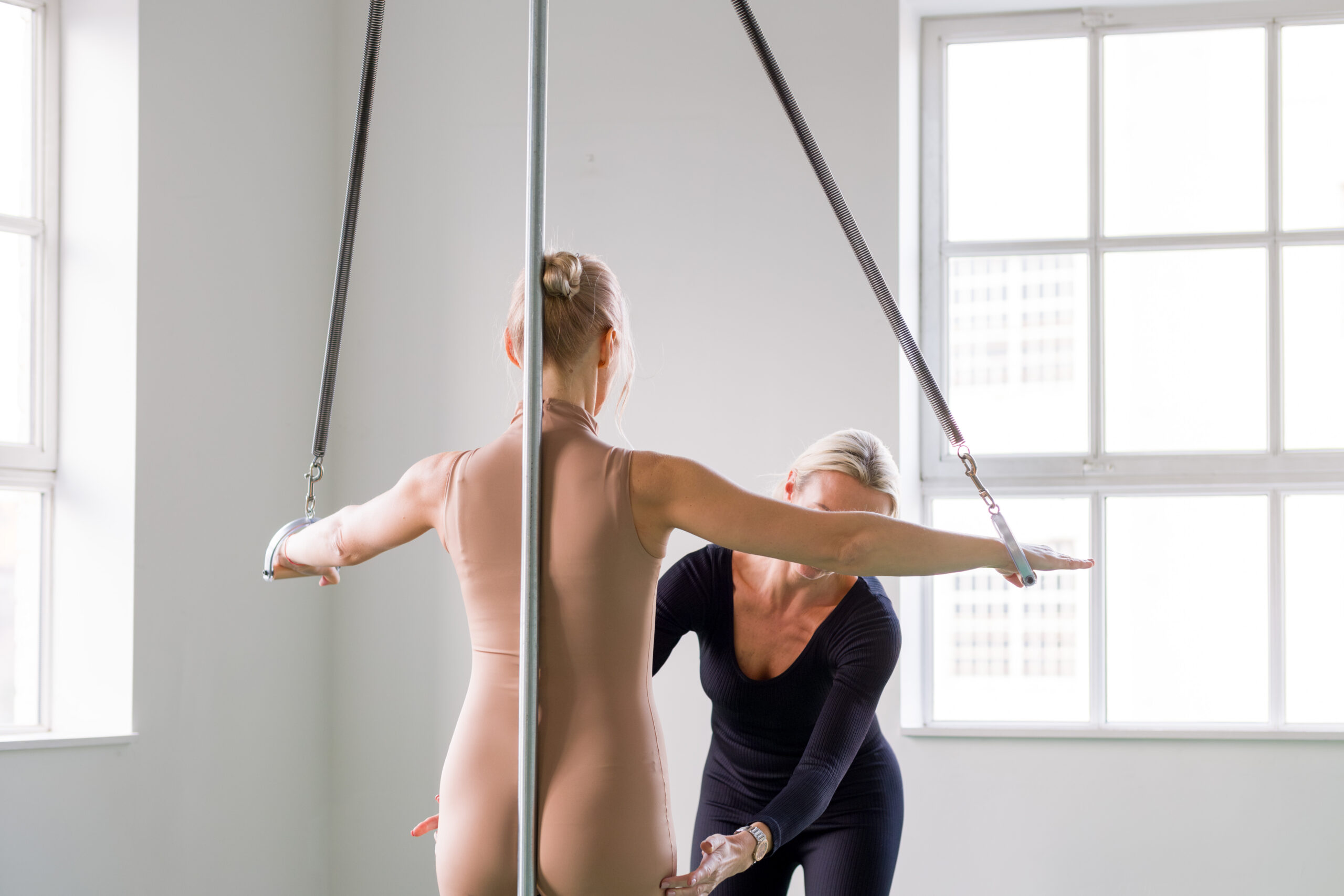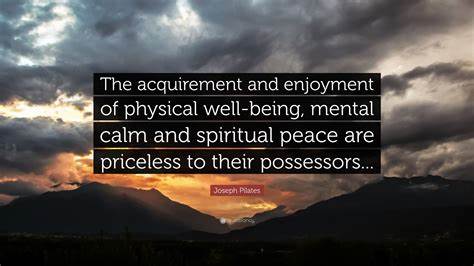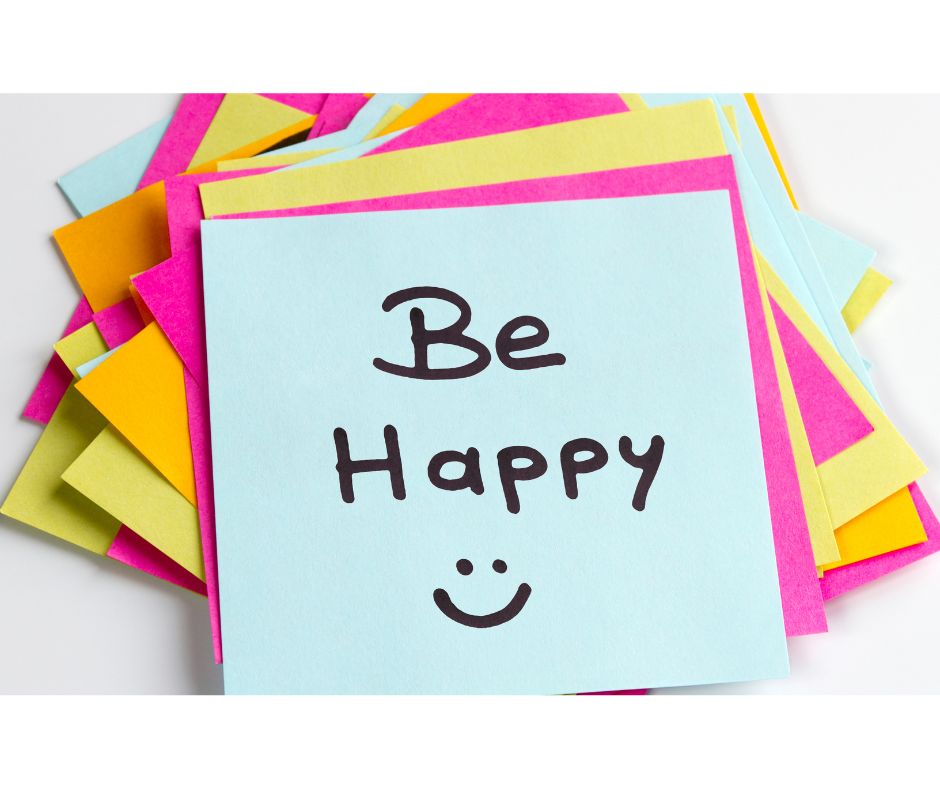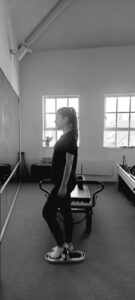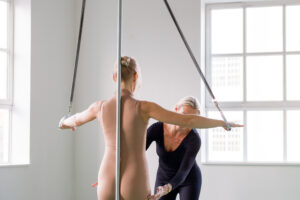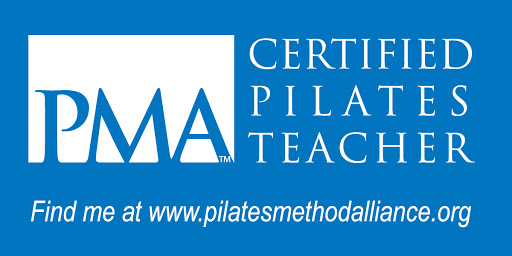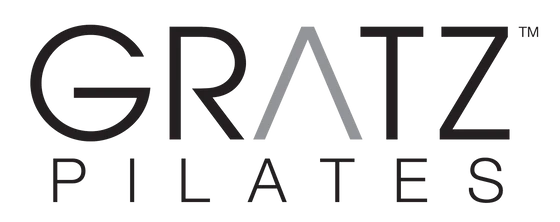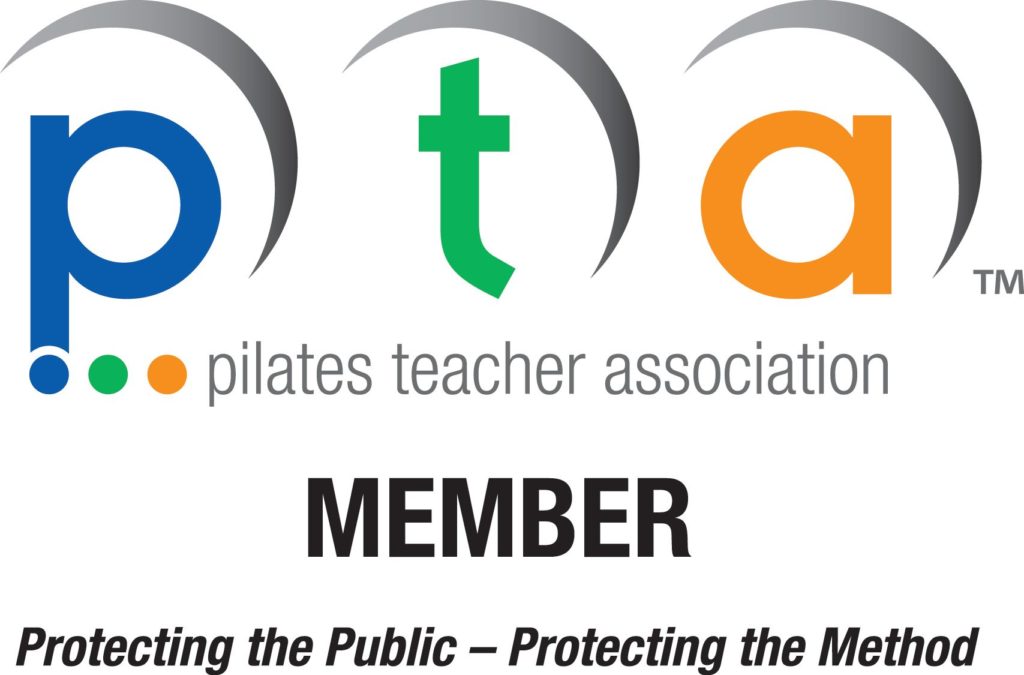Pilates Jargon Buster
There is jargon everywhere and Pilates is no exception. This is a guide to some of the vocabulary and phrases that your teacher may use in a lesson. Knowing and understanding these phrases will certainly help you get the best out of your lessons.
“Through Contrology you first purposefully acquire complete control of your own body and then through proper repetition of its exercises you gradually and progressively acquire that natural rhythm and coordination associated with all your (…) activities.”
Joseph Pilates Return to Life through Contrology (1945)
Try to arrange your body parts in relation to each other in a given position.
Is the placement of your back when it touches a surface such as the mat, Reformer carriage or a wall. Use the image of buttoning you belly button to the mat to help you engage your stomach muscles. Gently pressing your spine into the mat (without exaggerating in severely tucking your pelvis, will allow you to move your limbs freely without the danger of transferring the working from your muscles (where it should be) into you unsupported spine (where it shouldn’t be).
Get the feeling of moving each vertebrae in an even and sequential way.
“Box / frame of you body”
Is the visual image of a box or rectangle connecting the shoulders and hip bones to one another.
The physical gesture of slightly nodding the head toward the hollow of your throat in order to elongate the neck (cervical spine).
The name given to Pilates by it’s creator, Joseph Pilates. He also called it the “Pilates Method of Physical Conditioning”.
It’s not an anatomical term. But when people use the word, they usually are referring to the “abdominal” muscles. These are flat muscles that connect the rib-cage, pelvis and spine like a corset.
If you think about it, we are in fact, tubes. The centre of a tube is hollow. So, we don’t actually have a “core”…
The “C-curve’ is a movement started from your abdominals that creates a “C” shape of your spine. It simultaneously strengthens your stomach muscles whilst stretching your lower back.
To avoid collapsing your waistline or emphasising the shoulders, Rolling over a prickly cactus – don’t get scratched!
A partition of muscle and connective tissue that separates the chest cavity and abdominal cavity in mammals.
To activate the abdominal muscles and create length in the waist and space for the internal organs.
Sometimes called second position. Standing with your heels together and toes slightly apart.
This is our natural posture as determined by the angle of our femurs in our pelvis. This stance activates the inner thighs and glutes as well as helping us to discover our midline.
Muscle activation or “tensing”. To create contraction and thereby work in the muscle. To activate muscles in order to realise a sequence of movement with intent.
Some people can fold right over at the hip and this can be confused with “flexibility” – often what is required is that the spine moves and articulates rather than deep flexion at the hip. It’s common that people with this ability do in fact develop immobile spines because the movement can happen at the hip rather than the spine.
The three muscles at the back of the thigh that move the thigh backwards (extend the thigh when the leg is flexed).
A group of muscles including the iliopsoas and psoas major which are commonly known as the iliopsoas of the hip flexors. This composite muscle is the strongest of all the hip flexors. They bring the knee up to the chest and are important antigravity postural muscles.
Squeeze your butt so you can feel as if you were sitting on two apples, not a pancake 🙂
A disparity among body parts in relation to strength, flexibility and / or alignment.
Start the movement from the extreme end of the spine.
This is a fundamental concept in Contemporary Pilates – it’s especially useful in helping to understand alignment. But it’s less useful in movement.
It’s an extension of “neutral pelvis” in which the pubic symphisis (pubic bone) and the Anterior Superior Iliac Crests (front hip bones) of the pelvis are in the same plane: either vertical in standing or horizontal in a lying position – coronal and transverse planes, respectively.
These muscles are found between the tailbone (coccyx) and the public bone of the pelvis. They support the bowels, bladder and uterus and vagina in women.
A bony and cartilaginous arch that support the hind limbs in vertebrates.
Joseph Pilates’ term for the abdominal muscles, hips, lower back muscles, buttocks and inner thighs.
“Pull your shoulder blades together”
This engages the middle back: Trapezius and Rhomboids and opens out your chest – but it doesn’t mean squishing them to either – there’s no squishing in Pilates.
Pulling in your ribs will help to restore your spine’s natural curves. This can be especially useful when you have your arms overhead in Short Box Series, for example.
“Tuck your tailbone under” / “Create and arch under your back”
These phrases ask you to change the orientation of your pelvis: rolled forwards (anterior tilt) or backwards (posterior tilt).
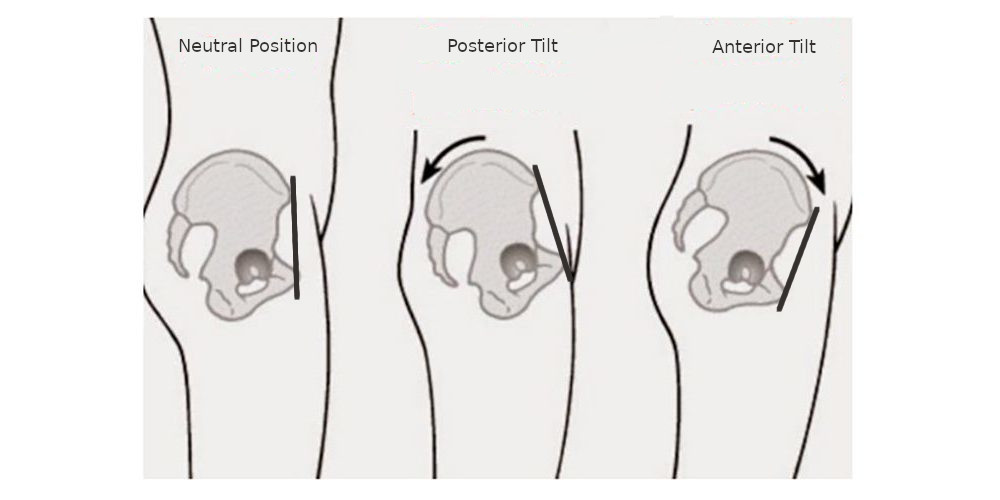
Pull your feet, in an upwards direction, towards your nose. This position is known as “dorsiflexion”. It activates the the muscles in our shins which pull our feet in an upwards direction and stretches the calf muscles. This also helps us lengthen our legs by reaching them ever further away.
Reaching the body in two different directions at the same time.
To create a dynamic stretch: using all the relevant muscles to create a maximum stretch in the body.
It’s not a passive stretch, the sensation is of hard work!
Most fitness work involves stretching s spring, lifting a weight – so your working against a force.
In Pilates we often work with a force, but controlling it. So, closing a spring can be as hard as opening it – but that way we learn control as well as strength…
This is to ensure that you have sufficient strength and control over a joint before moving it further.
This is to increase the amount of space between the vertebrae, thereby increasing the mobility of the spine. It also helps to localise stiffer sections so that we can become more aware and start to eliminate them.
Imagine that your sit bones are mountain peaks (upside down). Sit right on the peaks and don’t roll off the back of them helps us to work towards achieving a neutral spine whilst in a sitting position.
Sit as tall as you possibly can
… in order to create maximum axial (vertical) extension with the result is that the overall length of the spine is increased. This is often used in exercises in which we have to work against gravity such as in the rowing and stomach massage series.
Some people can overextend their joints, especially elbows and knees…
To keep the musculature active and to strengthen the soft tissues around the joint as opposed to relying on the bony part of the joint.
A series of long bones (clavicle or collarbone) and flat bones (scapula or shoulder blade) that support the front limbs in vertebrates.
There is a tendency to rely on the Upper Trapezius (a large and important diamond shaped muscle that connects the neck and upper spine to the clavicle [collarbone] and the scapula [shoulder blade]) and this counters that tendency and so assists in lengthening the neck.
Seem more in Contemporary than in Traditional Pilates, it’s a starting position of the pelvis and legs that is the starting position of many exercises. This position is done is a supine position (lying on your back). The pelvis is in a neutral position and the thighs are at ninety degrees to the pelvis, the knees are also at ninety degrees. Your arms would normally be on the floor, pressing lightly.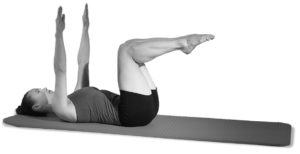
Once basic exercises are learned, they can be joined together in such a way that each exercise flows into each other. In this way the flow from one exercise to another can be considered a choreography. Sometimes there are small exercises that help us transition from one exercise to another.
Initiate you movement from your centre, your core or powerhouse rather than from your limbs.

